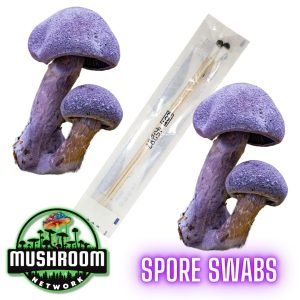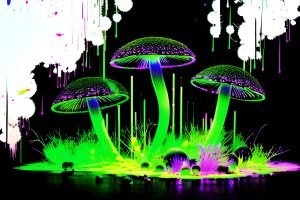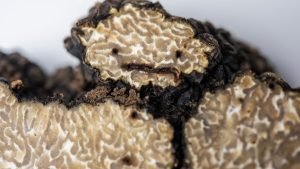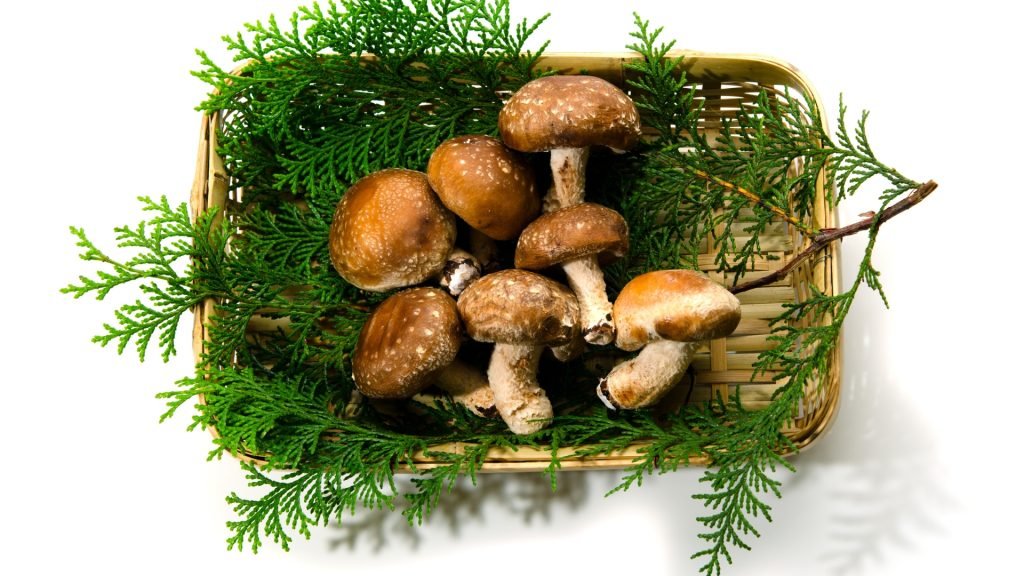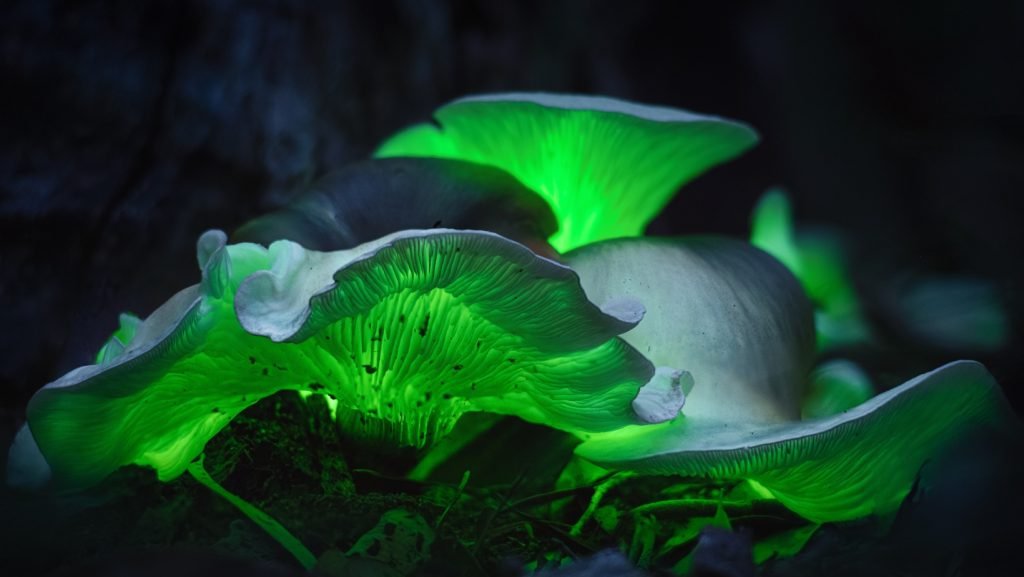Welcome to the fascinating world of fungi, where tiny organisms play a colossal role in maintaining the health of our planet. In this article, we’ll explore how fungi like the Pink Burn Cup (Rhodotarzetta Rosea) are ecological champions, working tirelessly to recycle nutrients, enrich soils, and support ecosystems. Prepare to be amazed by these unsung heroes of the natural world, who prove that even the smallest players can have the biggest impact.
Fungi are often overlooked in the grand scheme of nature, but they are indispensable to the health and balance of ecosystems. The Pink Burn Cup is a perfect example of a fungus that, despite its small size, plays a vital role in nutrient cycling and ecosystem support. These ecological warriors break down organic matter, turning dead wood and leaves into rich, fertile soil. In this article, we’ll delve into the ecological roles of various fungi, with a special focus on the Pink Burn Cup. We’ll uncover the science behind their decomposing magic, their symbiotic relationships with plants, and their importance in forest health.
 If you’re new here, you’re missing out on a mycological treasure trove! Don’t be that guy picking poisonous ‘shrooms—get educated! Log In or Become a Myco-Patron (it’s FREE!). Unlock the mysteries of the mushroom world.
If you’re new here, you’re missing out on a mycological treasure trove! Don’t be that guy picking poisonous ‘shrooms—get educated! Log In or Become a Myco-Patron (it’s FREE!). Unlock the mysteries of the mushroom world. 

Nature’s Recyclers: The Role of Fungi in Nutrient Cycling:
Fungi are the ultimate recyclers of the natural world. As decomposers, they break down dead organic matter, turning it into nutrients that enrich the soil and support plant growth. The Pink Burn Cup is a saprotrophic fungus, meaning it feeds on decaying wood and leaf litter. By decomposing these materials, it releases essential nutrients like nitrogen, phosphorus, and potassium back into the soil, making them available for plants and other organisms. This process not only recycles nutrients but also helps to maintain soil structure and fertility.
Without fungi, forests would be littered with undecomposed organic matter, leading to nutrient depletion and poor soil health. The Pink Burn Cup and its fungal cousins ensure that nutrients are continuously cycled through the ecosystem, supporting new growth and maintaining ecological balance. Their role is critical in forest ecosystems, where they contribute to the breakdown of complex organic compounds, turning dead wood and leaves into rich, fertile soil.

The Pink Burn Cup: A Tiny Powerhouse:
The Pink Burn Cup may be small, but its impact is mighty. Found in temperate forests, this vibrant pink mushroom thrives on charred wood and leaf litter, particularly in moist, shaded environments. By breaking down these materials, the Pink Burn Cup helps to recycle nutrients and maintain soil health. Its presence is often a sign of a healthy, functioning ecosystem, where nutrient cycling is in full swing.
In addition to its role as a decomposer, the Pink Burn Cup also contributes to the forest’s aesthetic beauty. Its vivid color and delicate cup shape add a splash of color to the forest floor, making it a favorite among nature enthusiasts and photographers. But beyond its visual appeal, the Pink Burn Cup plays a crucial role in supporting the health and vitality of the forest ecosystem.
The universe of mushrooms is expansive, each variant bearing its own unique charm and characteristics. The Marketplace on the 
Woah there, eager beaver! 



Symbiotic Relationships: Fungi and Plants Working Together:
Fungi don’t just decompose organic matter; they also form symbiotic relationships with plants, helping them to absorb water and nutrients more efficiently. Mycorrhizal fungi, for example, form mutualistic associations with plant roots, extending their network into the soil and increasing the plant’s ability to access nutrients and water. In return, the fungi receive carbohydrates produced by the plant through photosynthesis.
While the Pink Burn Cup is primarily a decomposer, many other fungi play dual roles as both decomposers and symbionts. These relationships are essential for the health of forests, as they enhance plant growth, improve soil structure, and increase the resilience of ecosystems to environmental stressors. The interconnectedness of fungi and plants highlights the complexity and interdependence of natural systems.
Ecological Indicators: Fungi as Bioindicators
Fungi like the Pink Burn Cup are valuable bioindicators, meaning their presence or absence can provide important information about the health of an ecosystem. Because fungi are sensitive to environmental changes, they can act as early warning systems for ecosystem disturbances. The abundance of Pink Burn Cups, for example, may indicate a healthy forest with a robust nutrient cycling process, while their decline could signal ecological imbalances or degradation.
Scientists use fungi as bioindicators to monitor forest health, assess the impact of pollution, and study the effects of climate change. By observing changes in fungal populations, researchers can gain insights into the overall health and stability of ecosystems. This makes fungi not only crucial players in nutrient cycling but also important tools for ecological research and conservation.
Not sure where to start? The 


The Global Impact: Fungi in Bioremediation:
Beyond their role in nutrient cycling and ecosystem support, fungi also have the potential to help address global environmental challenges through bioremediation. Bioremediation is the use of organisms, including fungi, to remove or neutralize contaminants from the environment. Certain fungi have the ability to break down toxic substances, such as heavy metals and hydrocarbons, into less harmful compounds.
Research into fungal bioremediation is ongoing, with promising results. For example, white rot fungi have been shown to degrade a wide range of pollutants, including pesticides and industrial chemicals. The Pink Burn Cup and other fungi could play a role in future bioremediation efforts, helping to clean up contaminated soils and water and restore ecosystems to health.
Fungi’s Finest: The Eco-Warriors of the Forest:
In conclusion, fungi like the Pink Burn Cup are true eco-warriors, working behind the scenes to support the health and balance of our planet. From nutrient cycling and soil enrichment to forming symbiotic relationships with plants and acting as bioindicators, these tiny organisms have a huge impact. So next time you spot a Pink Burn Cup or any other fungus, take a moment to appreciate the vital role they play in keeping our ecosystems thriving. Remember, even the smallest organisms can be the mightiest warriors in the fight to protect our planet.
Love what you’re reading? Make it FBO (Facebook Official) with us! 

 Let’s fix that STAT, unless you enjoy FOMO. Click to Become A Myco-Patron. It’s FREE—like hunting morels but without the ticks!
Let’s fix that STAT, unless you enjoy FOMO. Click to Become A Myco-Patron. It’s FREE—like hunting morels but without the ticks!  Already a Patron? Well, hot-diggity, log in ’cause you’re missing out on more features than a mycologist has petri dishes!
Already a Patron? Well, hot-diggity, log in ’cause you’re missing out on more features than a mycologist has petri dishes! 
Recommended Reads:
Mushroom Magic: Exploring the Cultural Impact of Psychedelic Fungi
Psychedelic mushrooms, also known as magic mushrooms, have had a profound and multifaceted impact on...
Read More...The Sentient Spores: The Philosophy of Fungal Consciousness
What is consciousness? Philosophers, scientists, and thinkers have grappled with this question across epochs. Yet,...
Read More...Yellow Umbo: A Glimpse into Hybrid Psychedelic Mushrooms
About This Article: Move over, Cubensis and Semilanceata! There’s a new hybrid in town—Yellow Umbo....
Read More...Truffles Unearthed: The Science, Cultivation, and Gastronomy of Underground Fungi
Truffles are an enigmatic and highly coveted group of fungi that grow underground in a...
Read More...Whoa there, Spore Sport! 
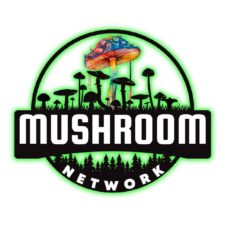
 Subscribe to our YouTube Channel
Subscribe to our YouTube Channel

